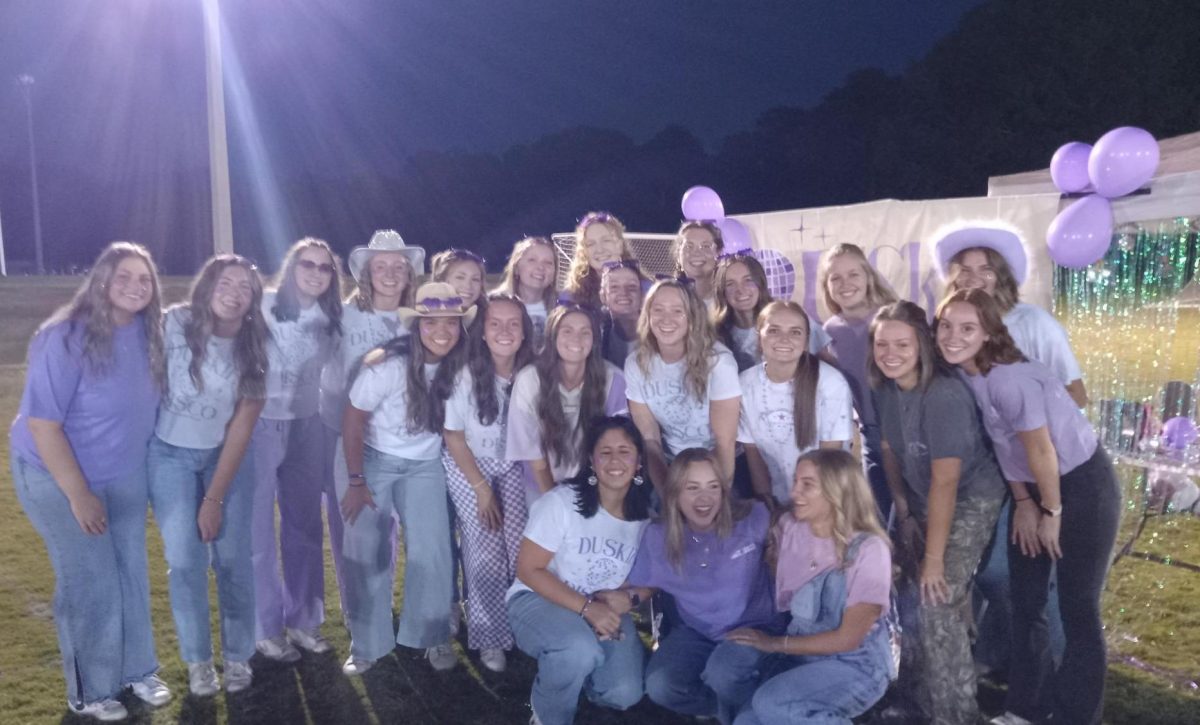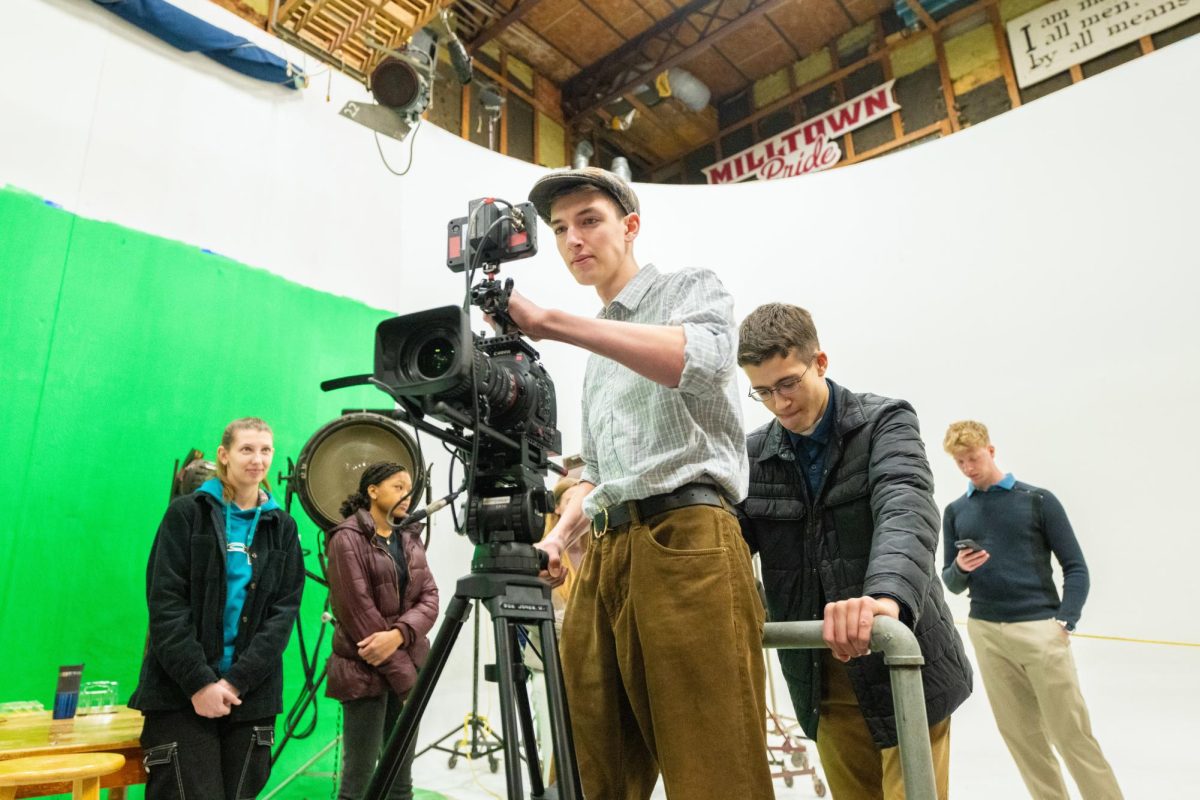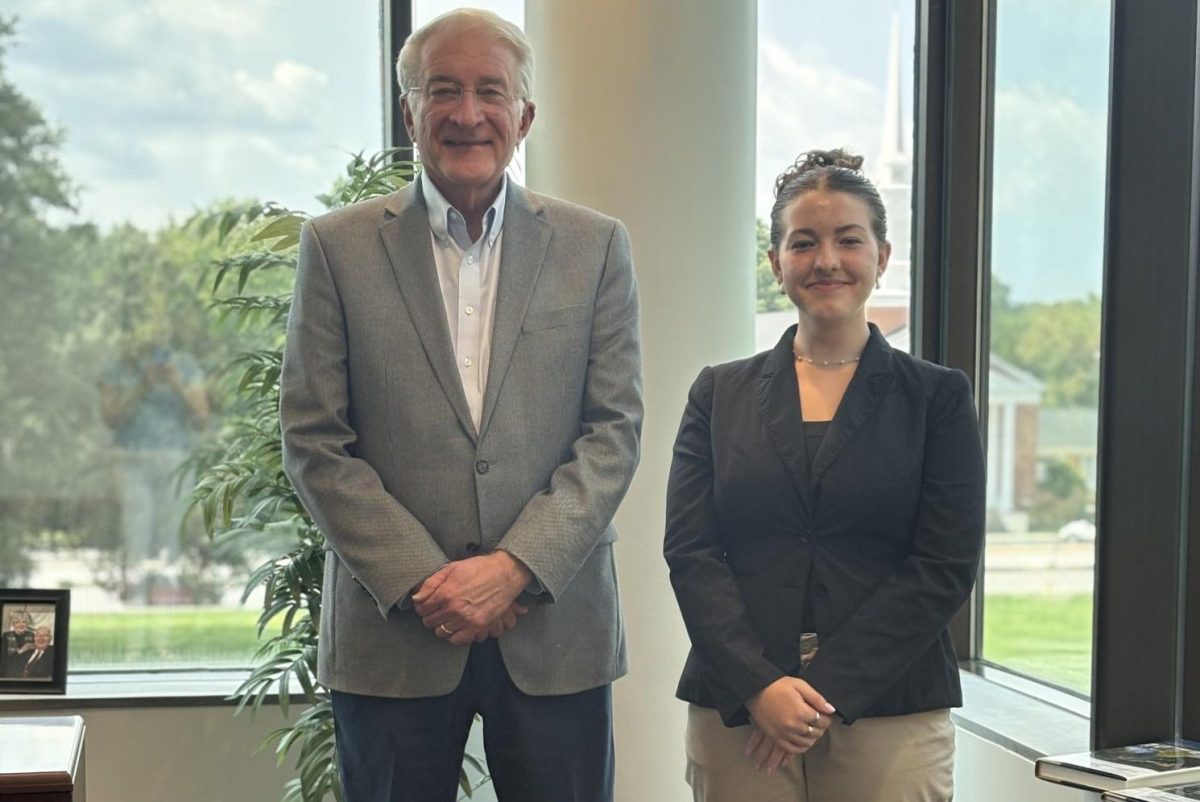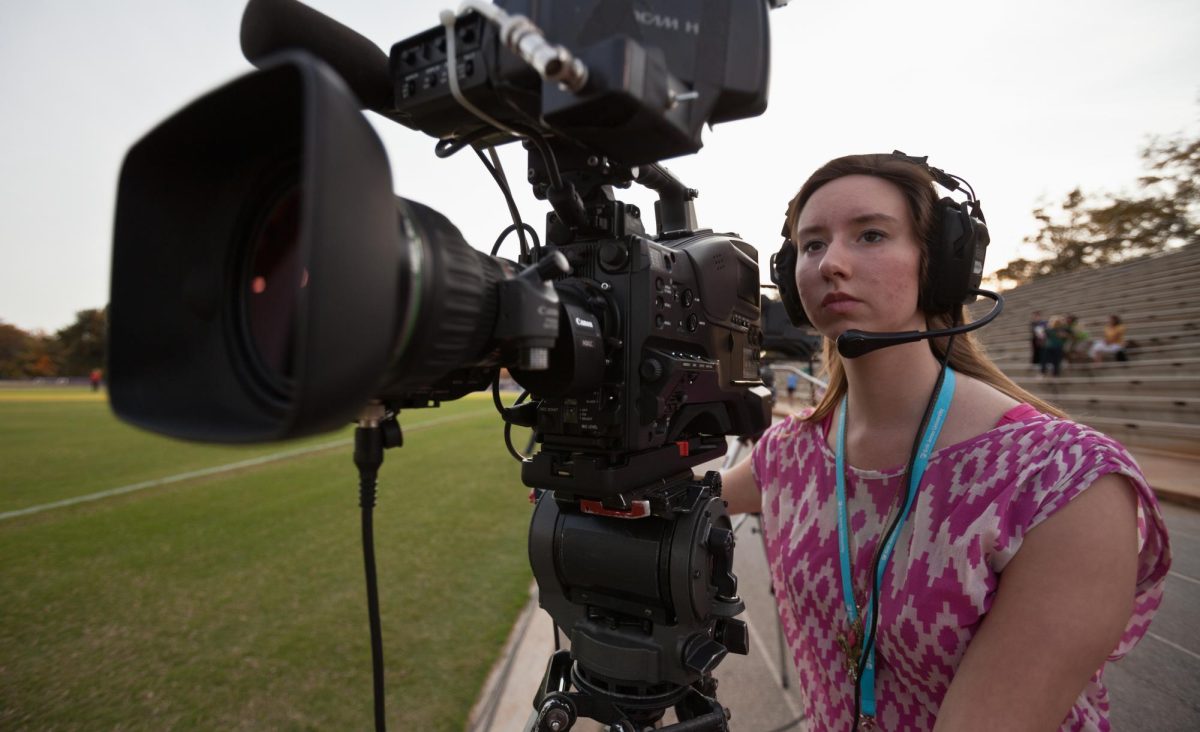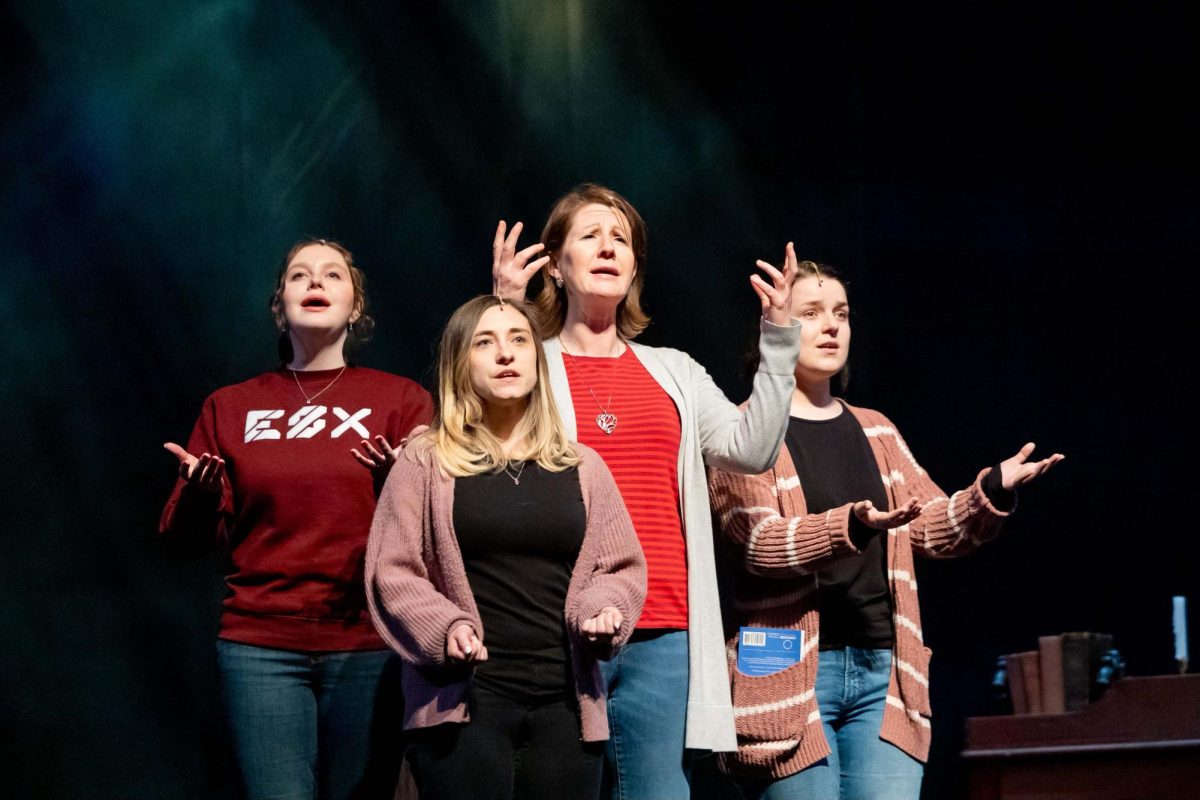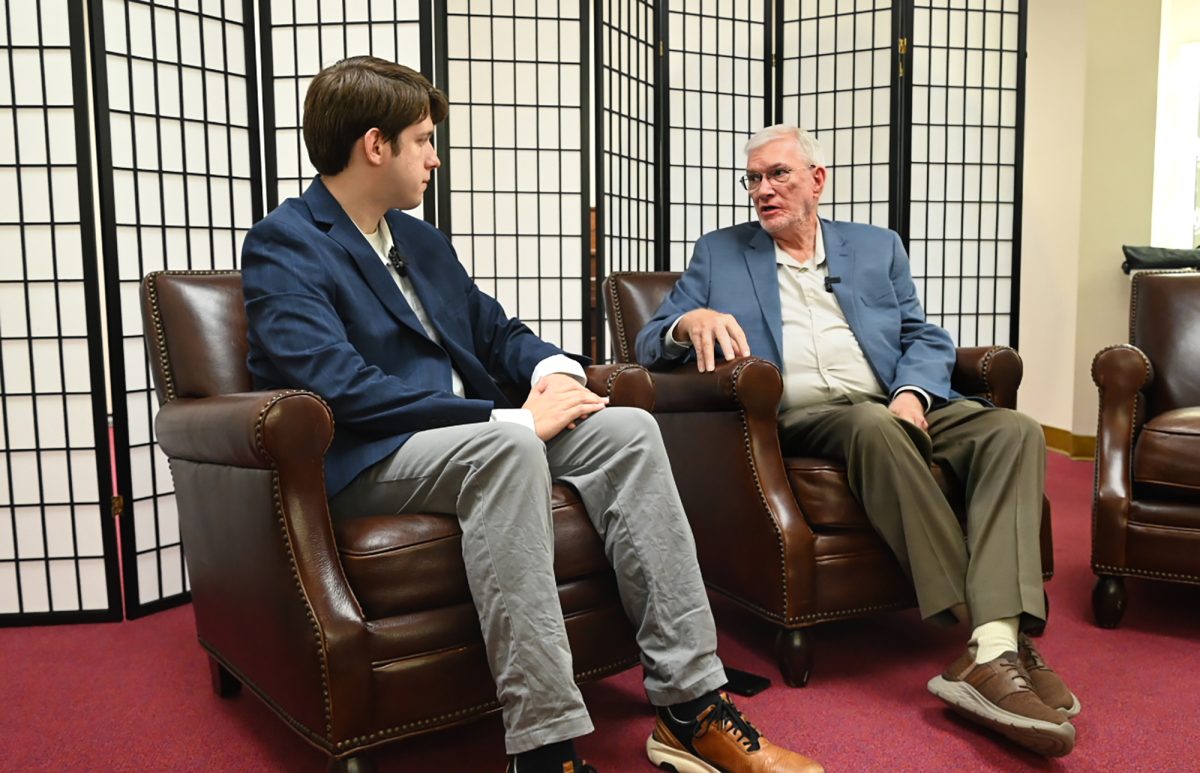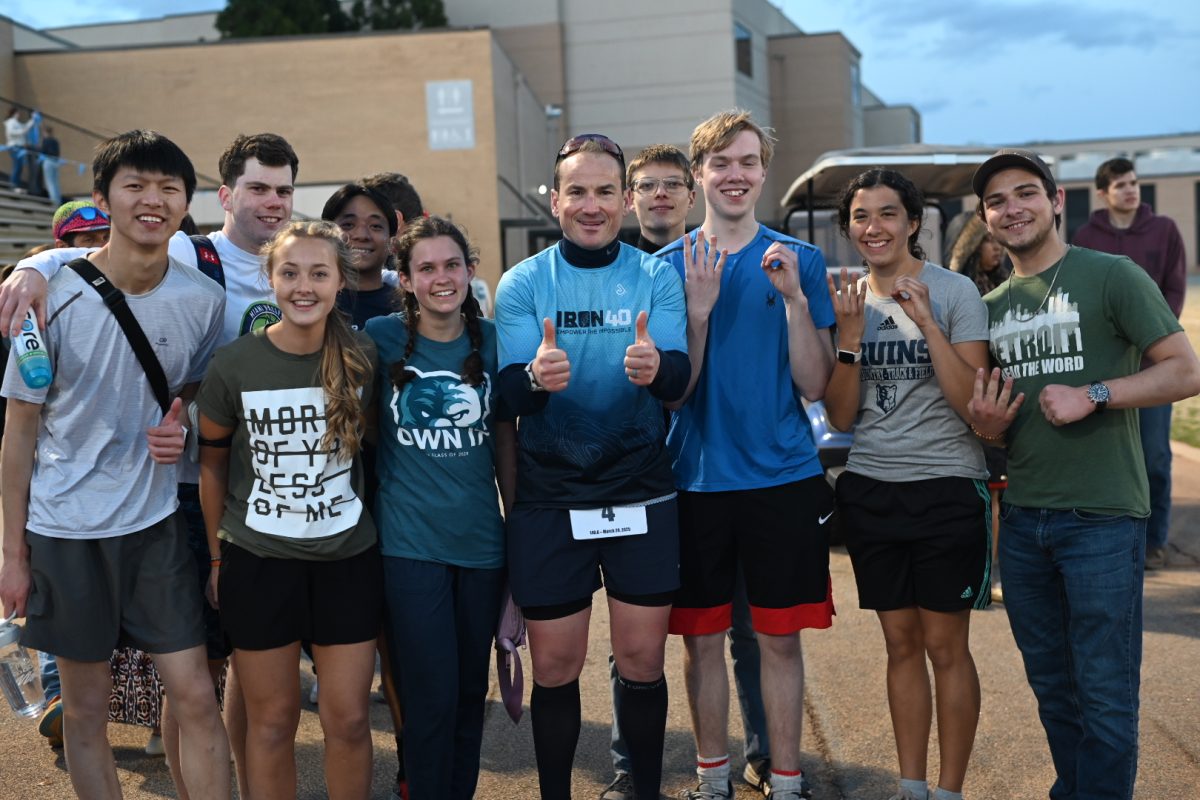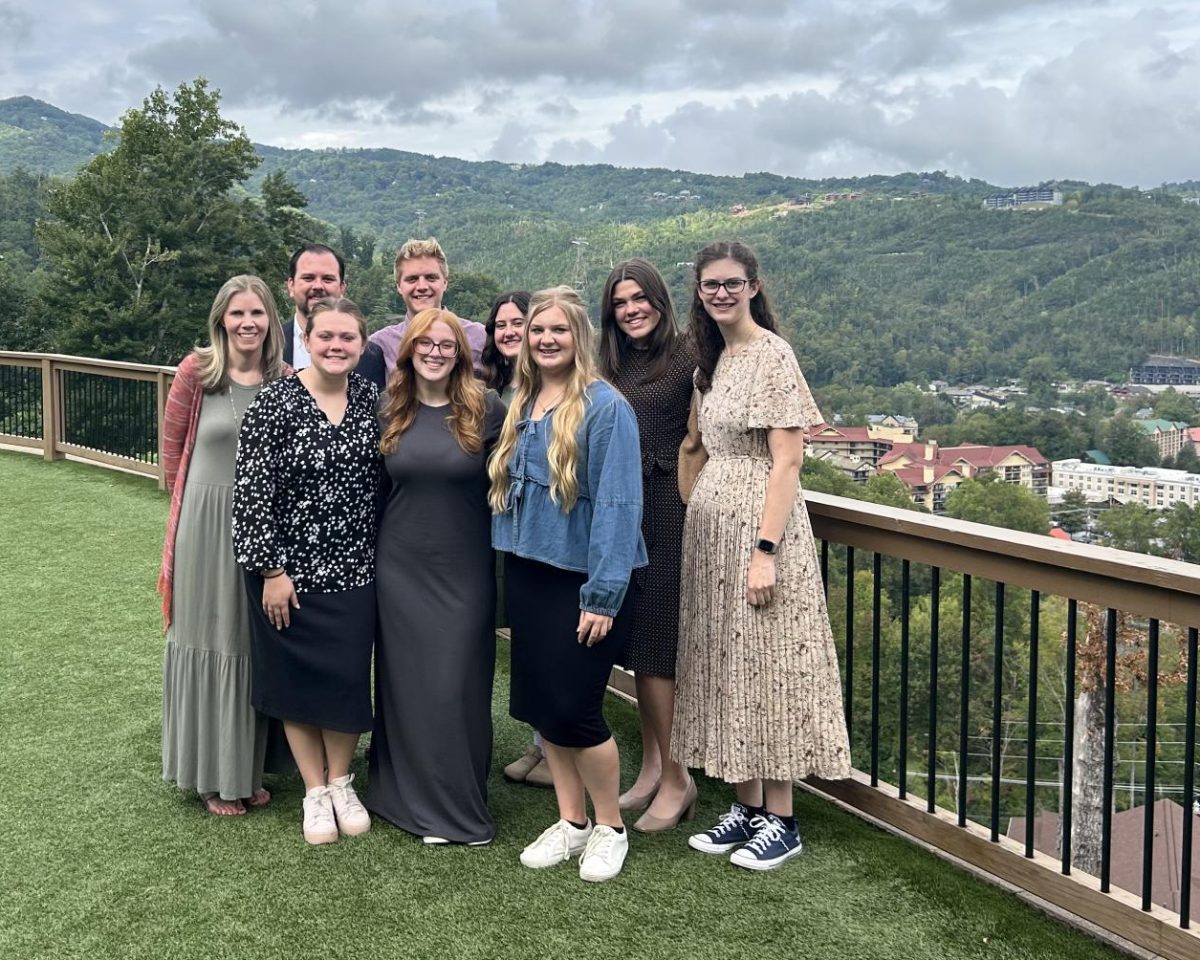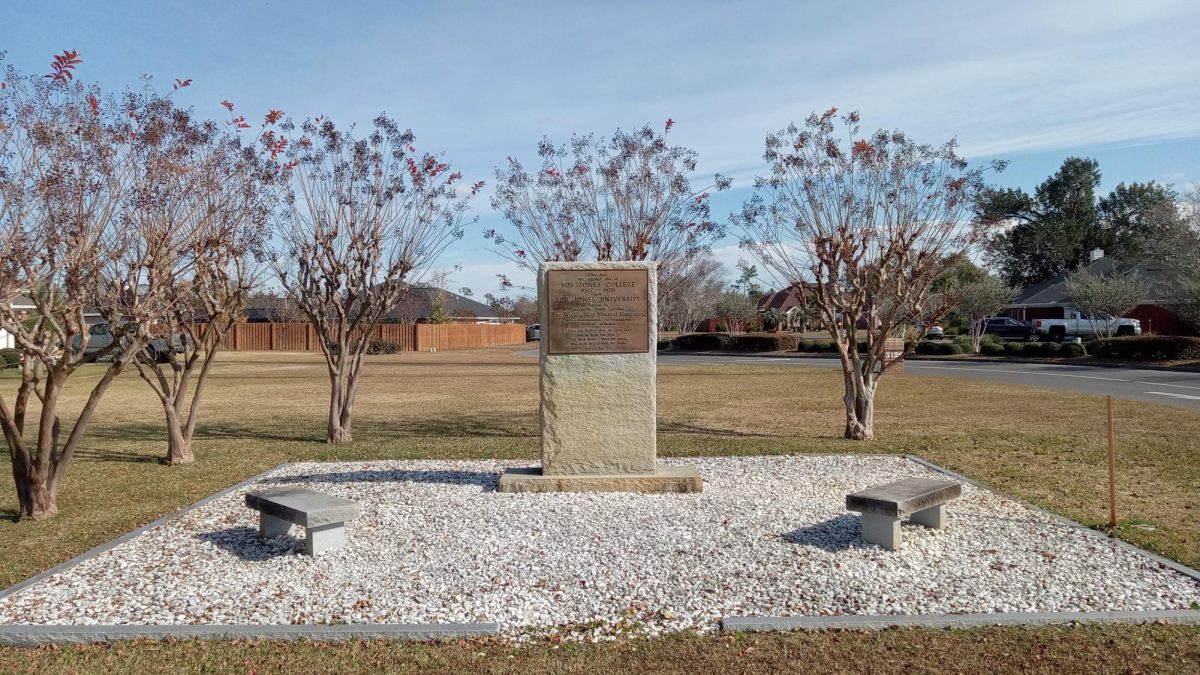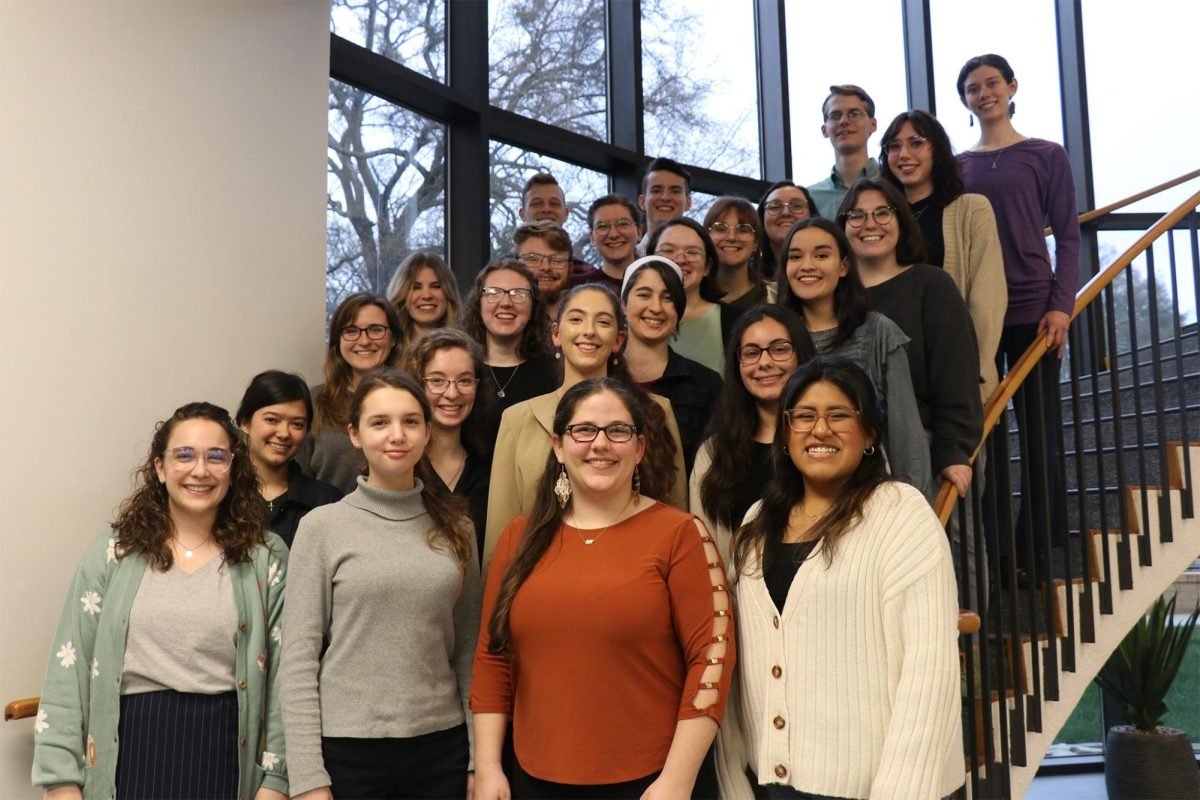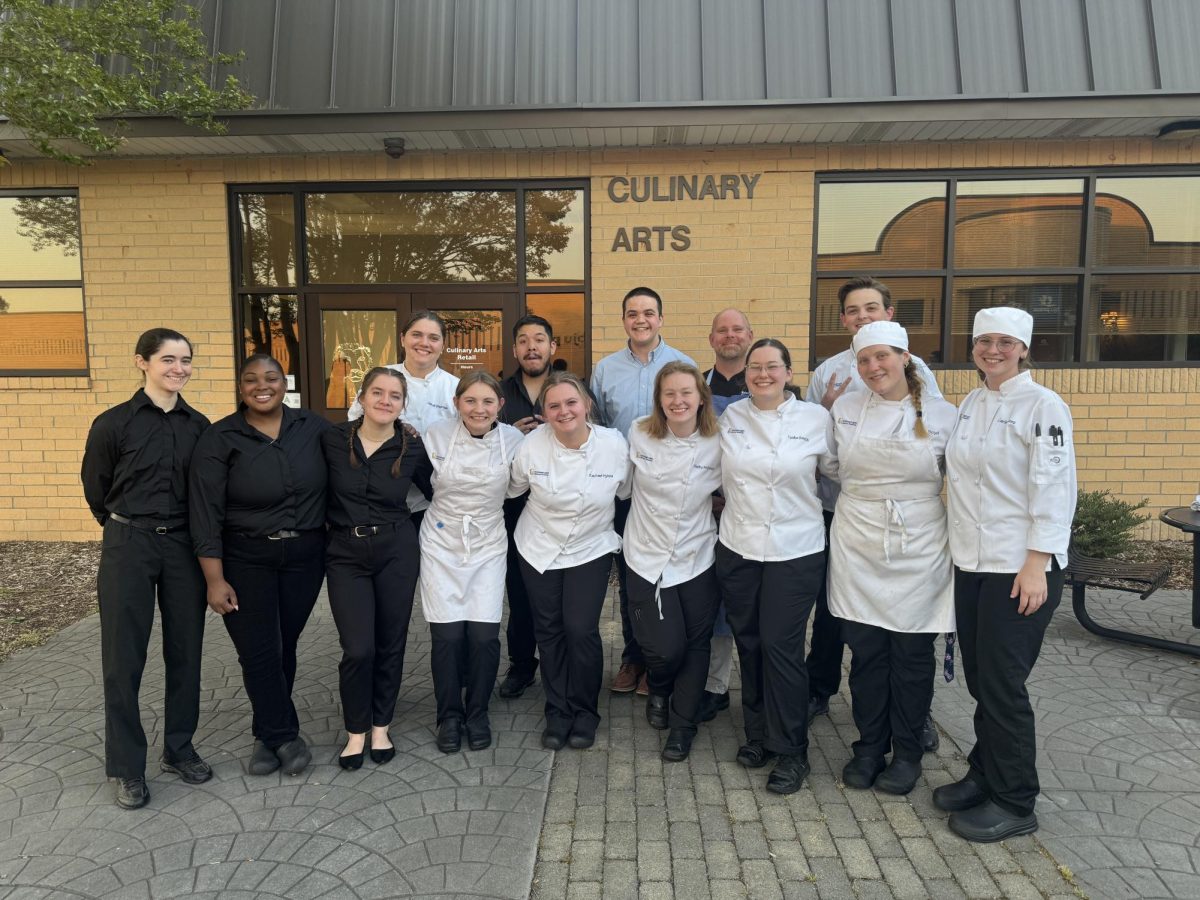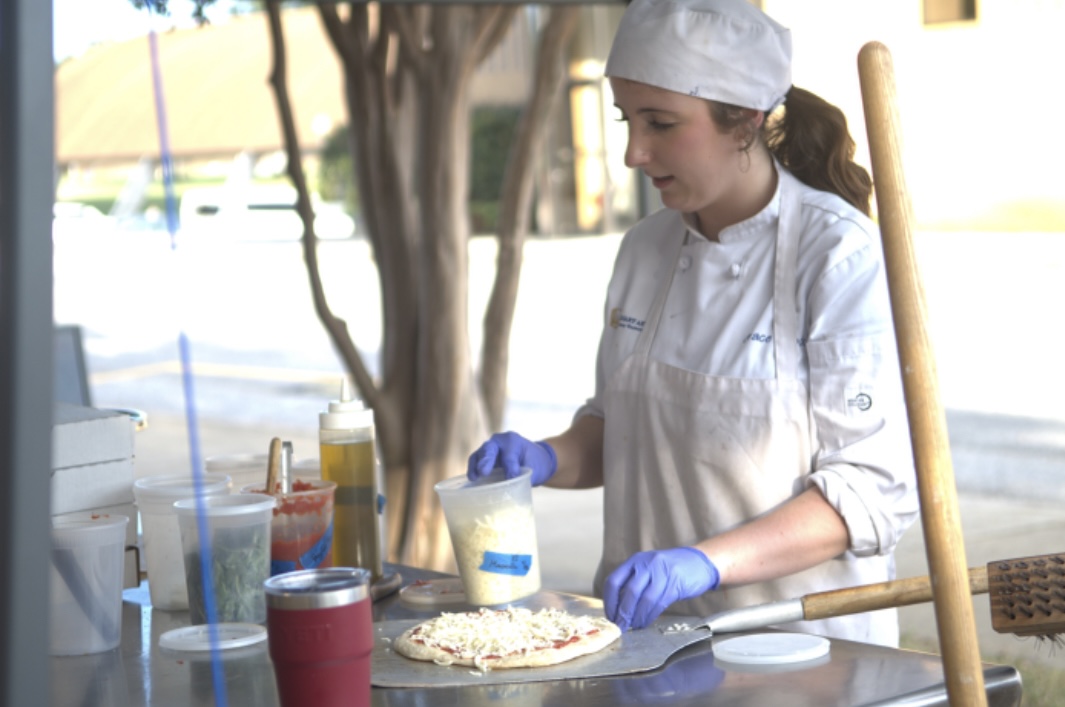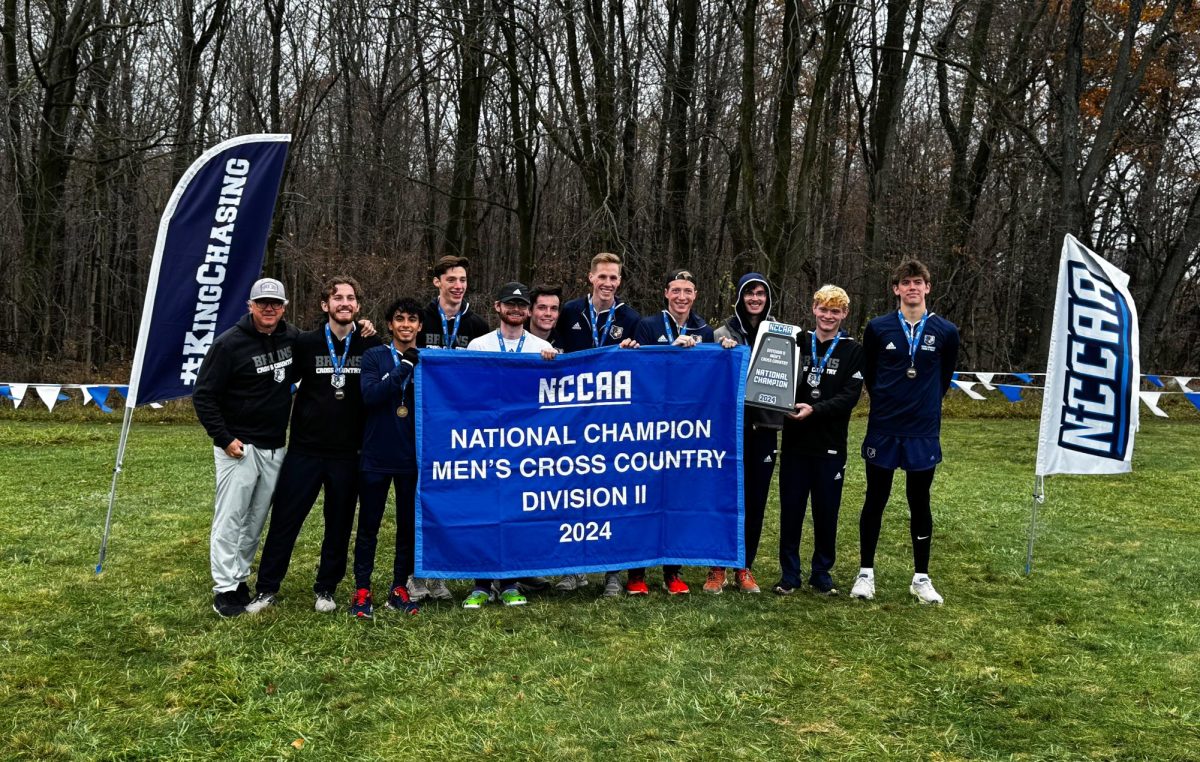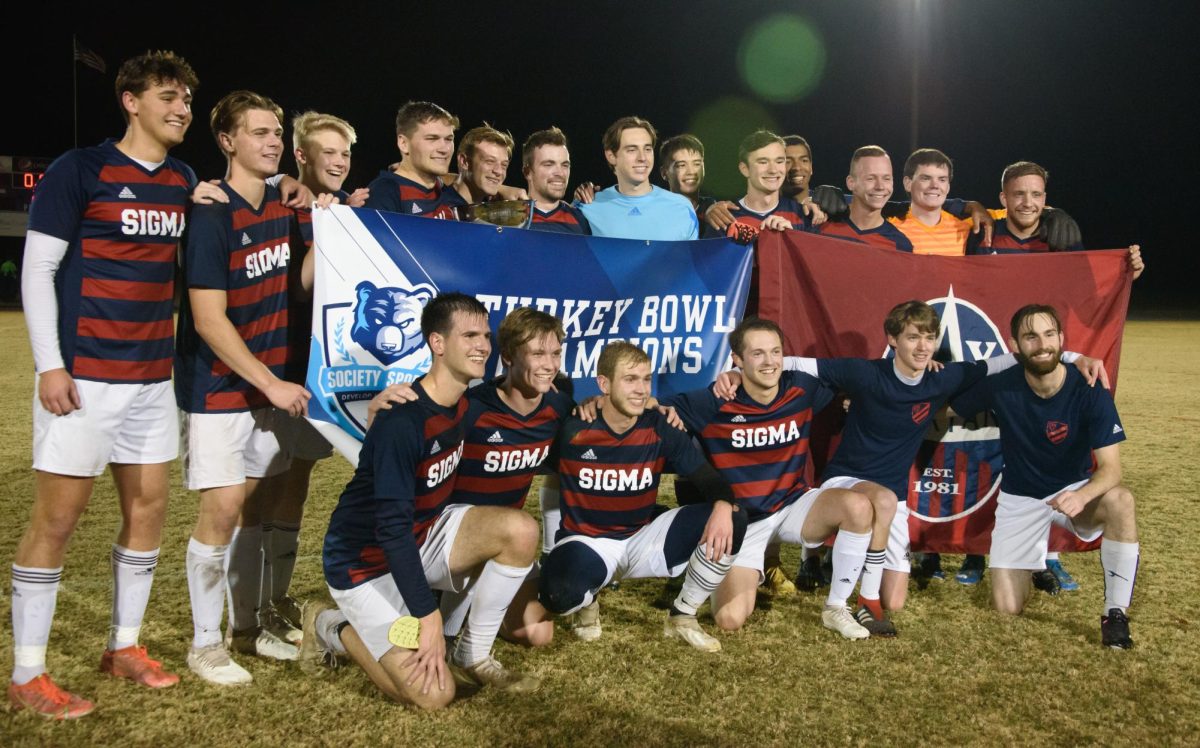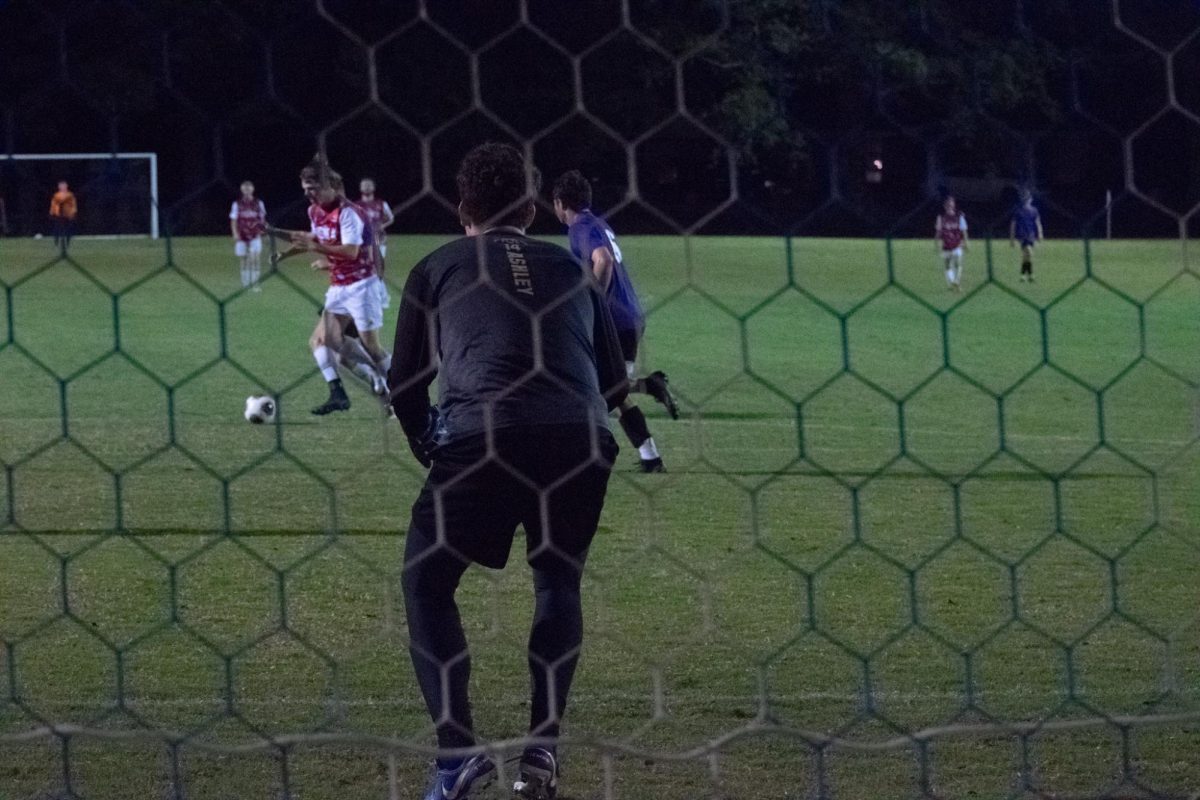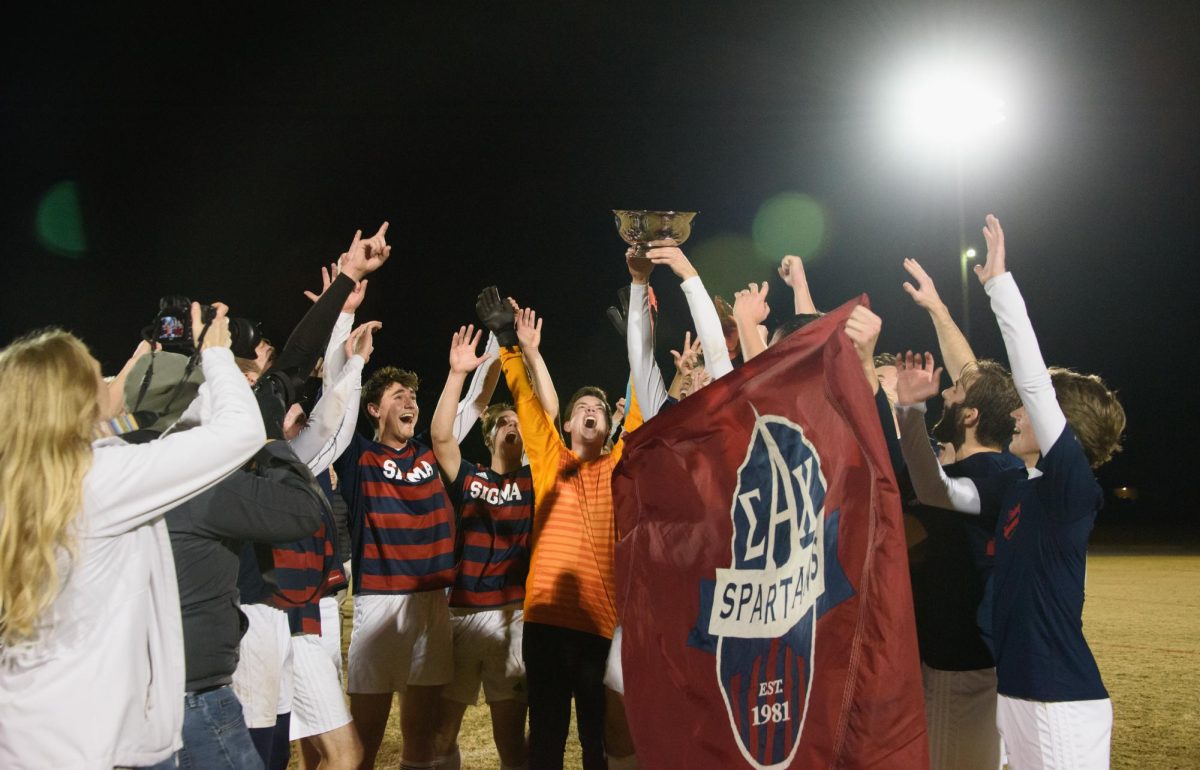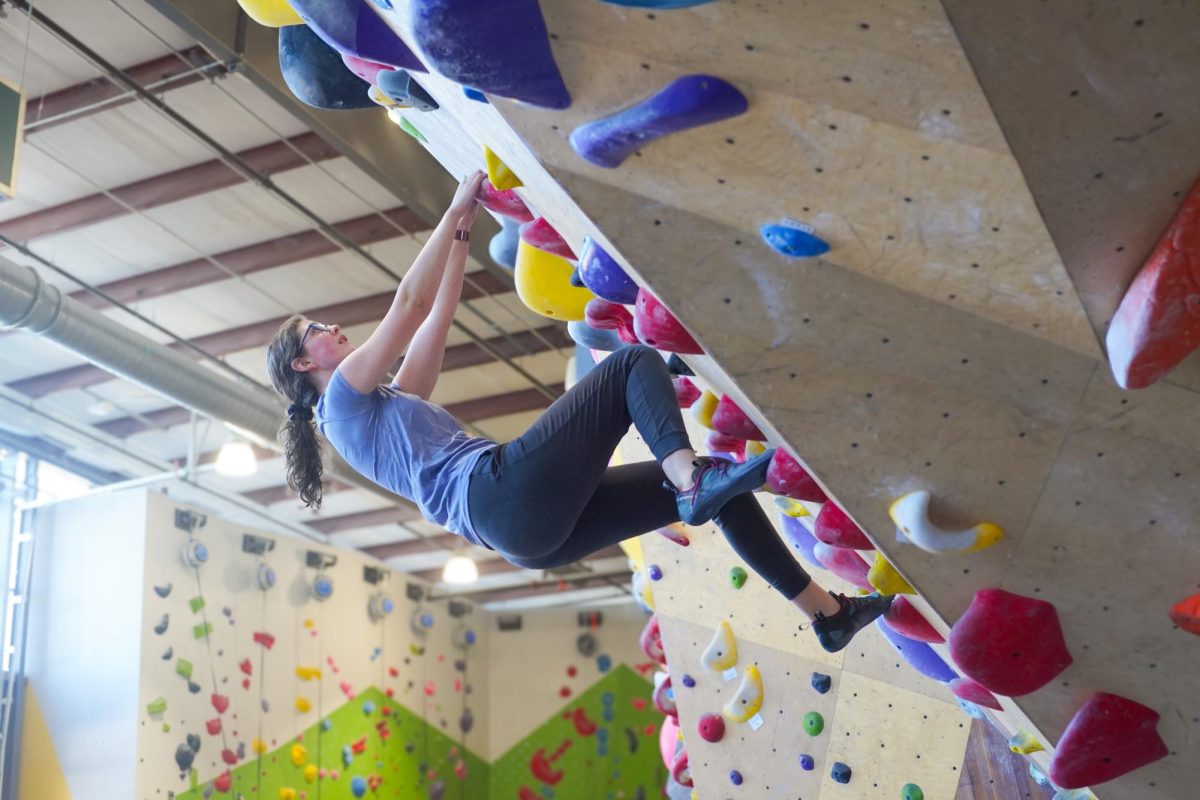Pictures, ticket stubs and old letters all tell stories — but what if we had something more to help us remember the way our ordinary college days felt?
Students were able to submit video footage of their average days at BJU from Feb. 16 through Saturday, Feb. 23. That footage will eventually be compiled into one unified documentary titled “Life at BJU.”
According to Mr. Philip Eoute, photo and video supervisor for BJU’s marketing team, the documentary will be a blending of two concepts. The first concept is the “day in the life” idea, which involves a camera crew following students around and documenting what their days are like.
“Life at BJU” was sparked by a global YouTube project called “Life in a Day” that was filmed on July 24, 2010. People from all over the world shot more than 80,000 video clips on that day and then submitted their footage on the YouTube website.
The “Life at BJU” project will use a similar idea, except it’s not about one particular day, according to Eoute. The marketing team opened the submission time to a full week so they could gain a bigger cross section of student life at the University.
The second component of the documentary is the user-generated, self-shot, first-person perspective, which Eoute believes is what makes this documentary unique.
“We have no idea what’s going to come in,” Eoute said. “This [project] has a little more of a novelty in the fact that it was actually shot by students.”
The time it will take to put the film together will depend entirely upon how much and the kinds of footage the marketing team received.
Photo and video workers will have to organize the video clips, tag them and log what was submitted.
Within all those steps, the team will also be looking for patterns in the story emerging from the footage and will evaluate what angle to take with the documentary. After that is completed, formal editing will be necessary.
“One of the challenges with something like this is we’re trying to put as few barriers to entry,” Eoute said. “We don’t require specific file formats or quality specifications, and that creates a challenge on the production side.”
The lack of formatting requirements for submissions will make the editors spend much time converting video files. So the documentary will take longer to create than if all submissions were of the same file type.
The marketing team hopes to have some of the video compiled before the end of the semester so graduating seniors who contributed clips will be able to see their work as part of a recruitment effort on the FMA screen.


